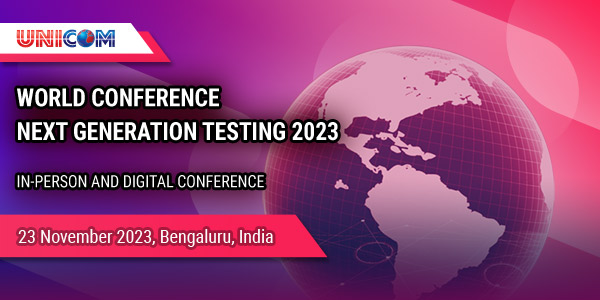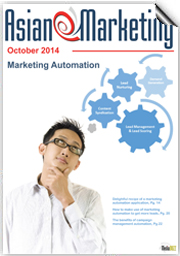- You are here:
-
Home

-
Asian e-Marketing

-
July - August 2009

- The Shifting World of Publishing in the Digital Age
-

Yahoo DSP advertisers now have access to low carbon PMPs
Yahoo and purpose-led ad platform Good-Loop announced a global partnership offering carbon neutral private marketplace (PMP) media opportunities to advertisers to help them become more sustainable.
-

Protecting Data in the Cloud
Organizations in Singapore are increasing their reliance on the cloud. Nearly nine in ten organizations in the country are using cloud services, with about 70% taking a hybrid cloud approach.
-

Microsoft Cyber Signals report highlights spike in cybercriminal activity around business email compromise
Microsoft has released its fourth edition of Cyber Signals, highlighting a surge in cybercriminal activity around business email compromise (BEC), the common tactics employed by BEC operators, and how enterprises can defend against these attacks.
-

New Study by MAGNA & Yahoo Urges Marketers to Pair Media Placement with Quality Creative in Order to Drive Stronger Ad Effectiveness
Media placement and creative work hand in hand when it comes to effective advertising strategies. A new study by MAGNA Media Trials and Yahoo set out to understand the role that creative quality plays in ad effectiveness, and the elements that contribute to quality creative. Creative, the Performance Powerhouse found that while media placement helps marketers find consumers where they are, creative quality was responsible for 56% of purchase intent, illustrating the strong performance of both tactics as they work together. The study suggests that marketers can greatly benefit from making small improvements to their creative in order to optimize ad performance, while also driving brand quality and trust.
-

EdTech Intel: 6 Ways AI is Revolutionizing Online Learning
After years of steadily picking up steam, online learning is experiencing undeniable explosive growth. The market is racing toward $1 trillion, with the corporate e-learning space expected to skyrocket 250% in the coming years. As e-learning continues to expand beyond the walls of academia, another game-changing phenomenon is going mainstream in a big way: artificial intelligence (AI).
-

With new brand identity. LG aims to actively communicate with customers beyond generations and locations
LG Electronics (LG) unveiled a new brand direction and visual identity, which will shed more light on the value of Life's Good with a more dynamic and youthful look across all physical and digital customer touch points.
-

Strategic merger of three digital technology firms in Asia
Three prominent digital services companies in Asia – Digile Technologies, Reveron Consulting, and Innopia Global – have merged to create a digital services powerhouse with a formidable presence in the Asian region.
-

Revealed: The most creatively effective digital & TV ads in Southeast Asia
The marketing data and analytics company, Kantar, revealed the winners of the 2023 Creative Effectiveness Awards in Southeast Asia, recognizing the most impactful ads of last year.
-

Zero in with ABI’s Research Spotlights on research that is critical to your success
The global technology intelligence firm ABI Research just announced the release of Research Spotlights, suites of research focused on key technologies and trends within the vast ABI Research Library.
-

Google's approach to further reduce the security burden on users
October marks Cybersecurity Awareness Month and with online safety being top of mind, Google has launched new products and features to help people everywhere. These releases include in-built features that work around-the-clock to take the security burden off users, and updates to privacy controls that help to easily protect personal information.
- Dark web report: Users can check if their Gmail address has been exposed on the dark web as well as get guidance on how they can protect themself online by accessing the Dark Web Report in their account menu in the Google App. They just have to sign into the Google App and tap their profile picture to open the menu.
- Passwordless by Default: Passkeys are a simpler and more secure way to sign into sites online and can be used with the Google Accounts. To make transition to passwordless even easier, Google is offering the ability to set up passkeys for all users — by default.
- A new requirement to make email safer for everyone: Gmail recently announced new requirements for large senders to make email safer and more user-friendly for everyone, including enforcing authentication, enabling easy unsubscription, enforcing a clear spam rate threshold. This is in addition to Gmail’s AI-powered defenses, which block more than 99.9% of spam, phishing and malware — that’s 15 billion unwanted emails every day.
- Easier access to clear browsing data: Google added an option to quickly delete users’ browsing history in Chrome without interrupting current activities. Users just need to click the three dots in the top-right corner of the Chrome browser and select “Clear browsing data”.
- Use the Google App as the credential provider for your iOS device: Google Password Manager is built into the Google App and you can already use it to securely save your passwords and sign in faster when you’re using the app. Now, you can set it as your Autofill provider so that the Google App can help you quickly and securely autofill your passwords into any app or website on your iOS device.
Feel free to read more about the announcements in Google’s blog post.
By MediaBUZZ -

Yahoo integrated approach for advertising in a cookieless world
Yahoo Advertising announced a new integration with Twilio Segment Customer Data Platform (CDP) to drive greater advertising reach and relevance, without relying on third-party cookies.
-

GSMA report predicts tenfold rise in 5G mobile connections in Asia Pacific by 2030 as digital transformation gathers pace
5G will account for over two-fifths (41%) of mobile connections in the Asia Pacific (APAC) region by 2030, up from 4% in 2022, according to the GSMA's Mobile Economy APAC 2023 Report.
-

Cisco unveils new solution to rapidly detect advanced cyber threats and automate response
Cisco unveiled the latest progress towards its vision of the Cisco Security Cloud, a unified, AI-driven, cross-domain security platform. Cisco's new XDR solution and the release of advanced features for Duo MFA will help organizations better protect the integrity of their entire IT ecosystem.








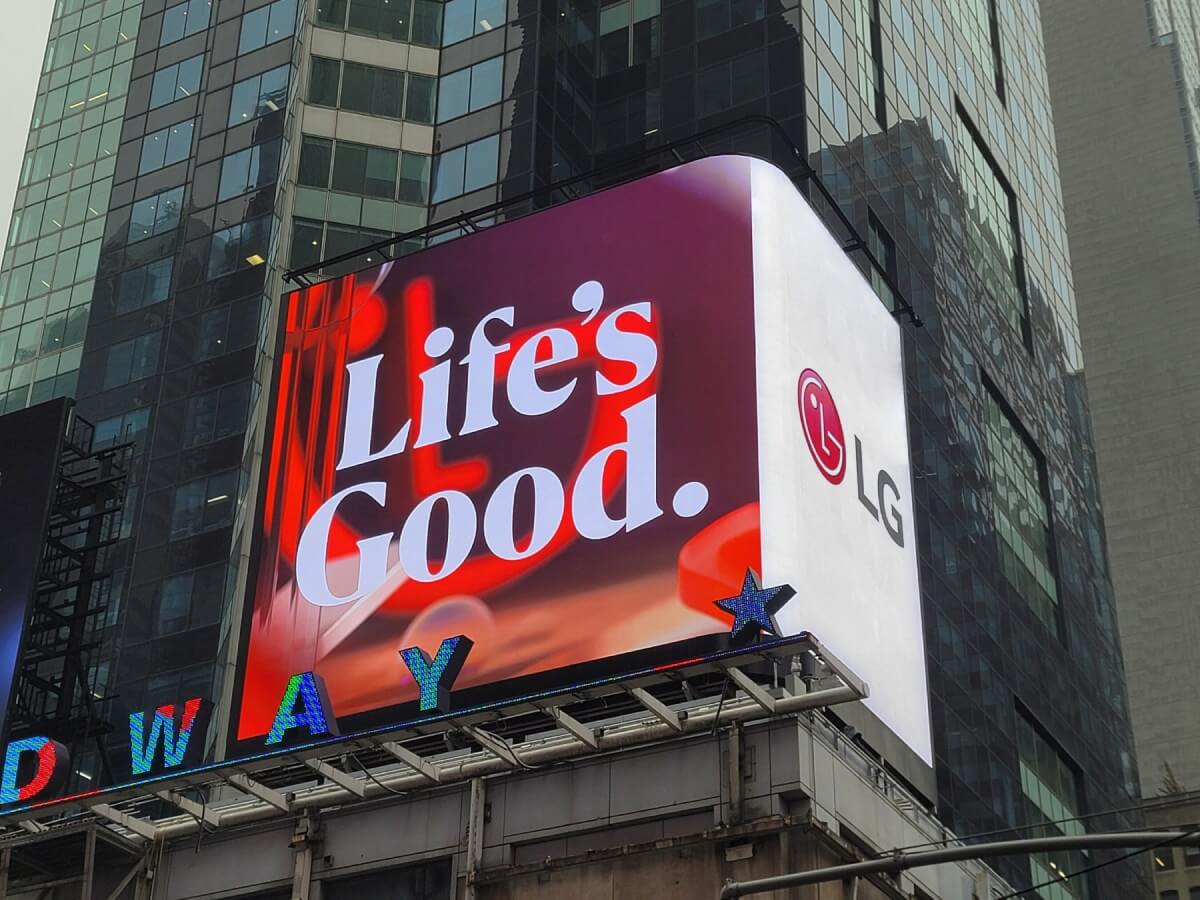
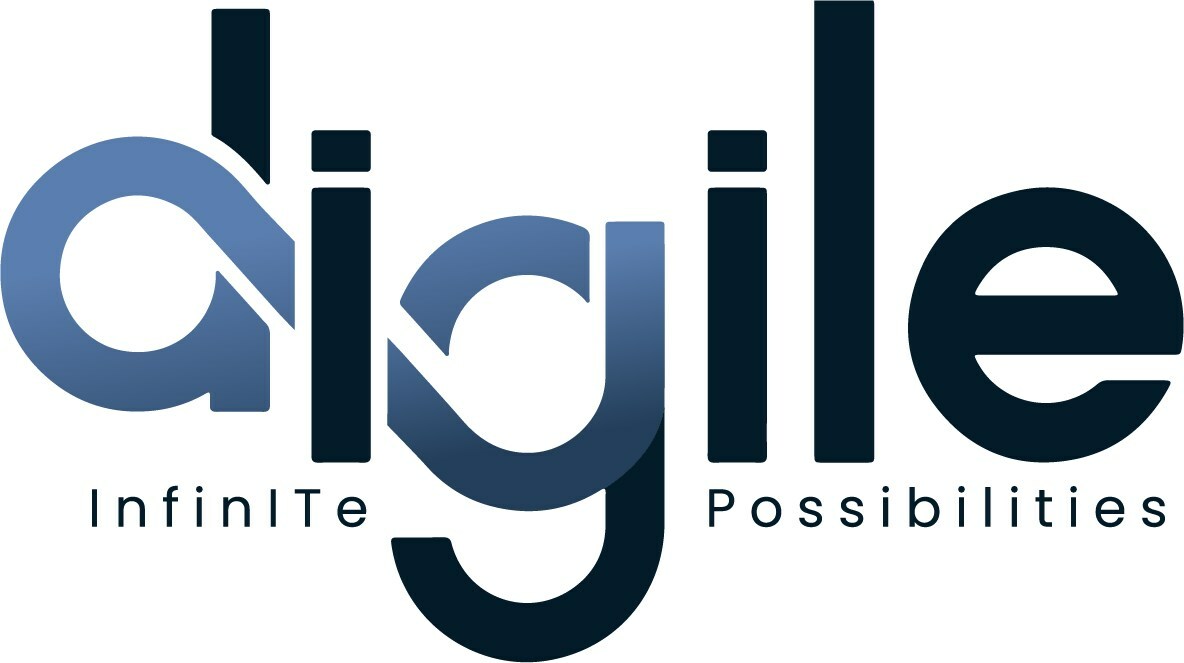



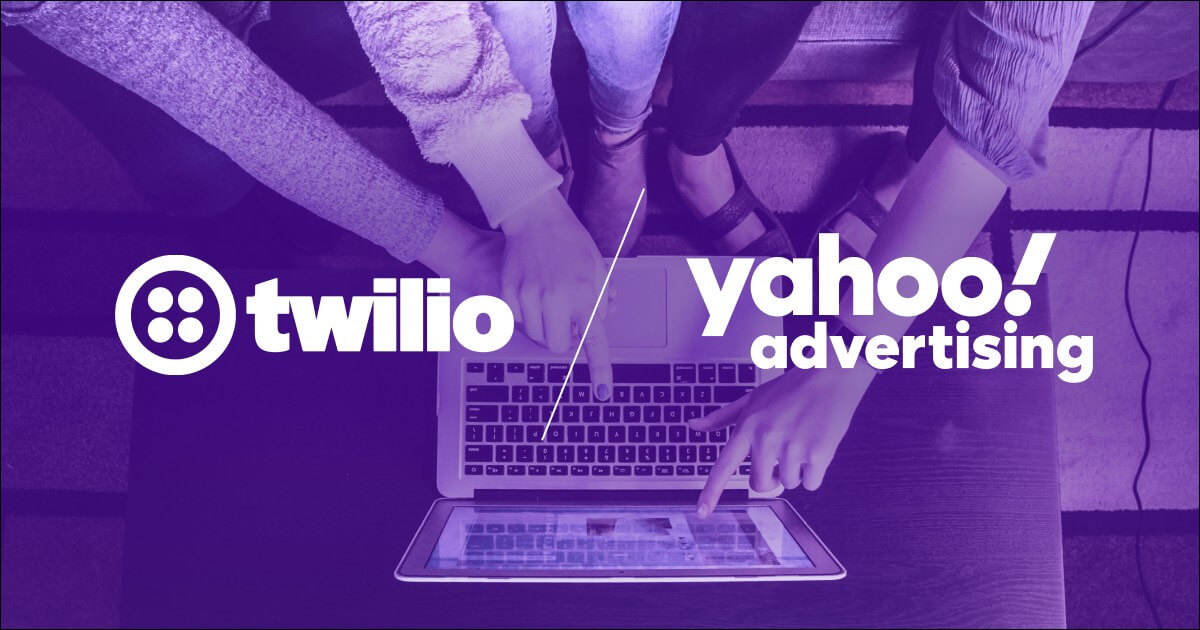




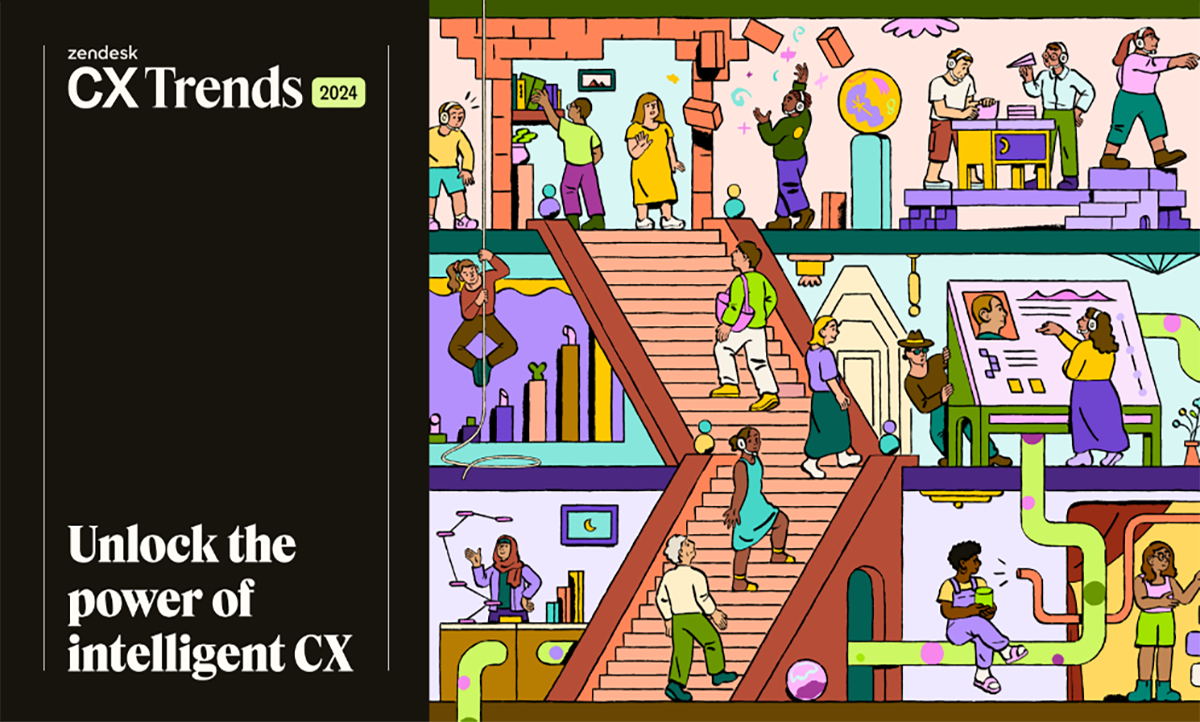


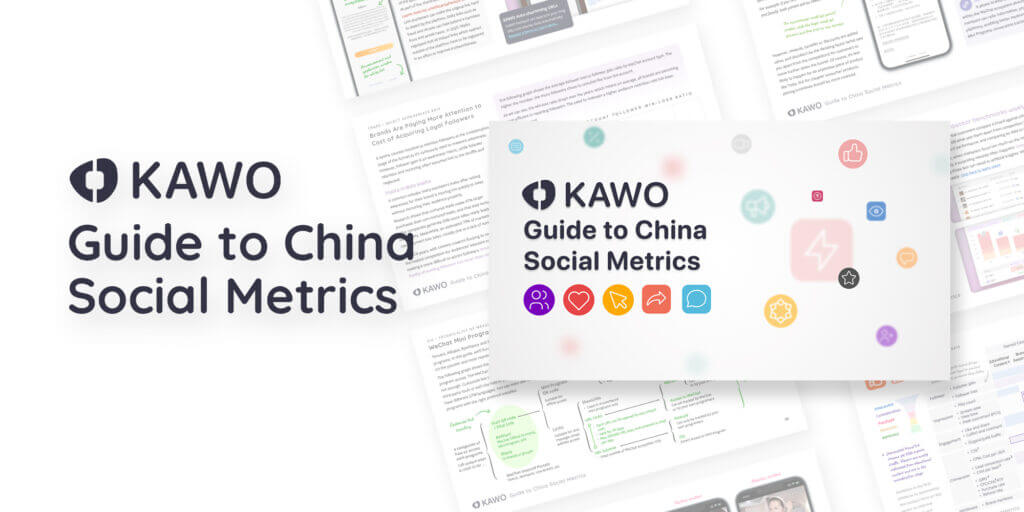
 Years ago, in one of the first issues of Asian e-Marketing, I already made the prophecy of the sooner or later death of print and that electronic media will be continuously on the rise. All statistics were on my side and still seem to be. It’s only a question of time to prove if print is able to cheat death or will stay in mortal agony.
Years ago, in one of the first issues of Asian e-Marketing, I already made the prophecy of the sooner or later death of print and that electronic media will be continuously on the rise. All statistics were on my side and still seem to be. It’s only a question of time to prove if print is able to cheat death or will stay in mortal agony.  Moderated by well-known Mike Amour, the former Chairman/CEO of Grey Group Asia Pacific, high profile traditional as well as new media executives have been on stage, namely Angela Mackay, Executive Director - Head of Asia Pacific, Financial Times, Chris Dobson, Executive Vice President of Global Advertising, BBC, Lori Sobel, Managing Director, Google Southeast Asia, and Ken Mandel, VP & MD, Yahoo! SEA.
Moderated by well-known Mike Amour, the former Chairman/CEO of Grey Group Asia Pacific, high profile traditional as well as new media executives have been on stage, namely Angela Mackay, Executive Director - Head of Asia Pacific, Financial Times, Chris Dobson, Executive Vice President of Global Advertising, BBC, Lori Sobel, Managing Director, Google Southeast Asia, and Ken Mandel, VP & MD, Yahoo! SEA.



